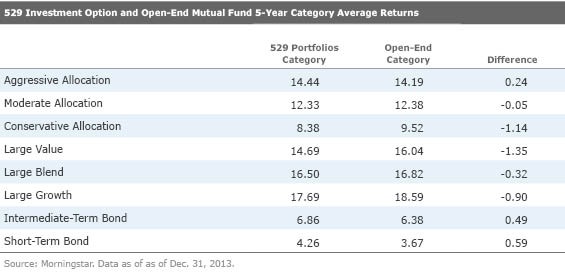Comparing Mutual Fund Classes
Post on: 26 Апрель, 2015 No Comment

Comparing Mutual Fund Classes
By JLP | November 10, 2006
First off, I want to make it clear that Im not a fan of mutual funds that charge a load. That said, I still wanted to do a post to show you how different mutual fund classes affect your portfolio. NOTE: this illustration only affects those of you who have purchased load mutual funds (most likely through an advisor). Before I show you the comparison, I want to explain the differences in the three main classes of load mutual funds:
A-Shares Charge an upfront load (the maximum is usually around 5 5.50%) and managment expenses each year.
B-Shares Do not charge an upfront load but increase the annual management expenses for the first several years in order to compensate themselves for the loss of the front load. B-Shares also have a contigent deferred sales charge (CDSC) that is charged to client should they sell their mutual fund during the CDSC period (usually 5-6 years). The CDSC usually starts out at 5% and declines 1% each year until it is no longer charged. For example, the CDSC could be charge like this:
YEAR 1.5.00%
YEAR 2.4.00%
YEAR 3.3.00%
YEAR 4.2.00%
YEAR 5.1.00%
YEAR 6.NO CDSC CHARGE
If you are a long-term investor, the CDSC most likely will not affect you. However, theres always the possibility that you will want to get out a fund before the CDSC ends. In that case, you will be charged based on how long you have owned the fund. Love em or hate em, the CDSC is a good way to rid clients of the short-term mentality.
C-Shares No upfront sales charge but have higher management expenses (usually .75% per year) for as long as the client owns the mutual fund. C-Shares also have a 1.00% CDSC during the first year. Over the long-term, C-Shares are the most expensive mutual fund share class. This DOES NOT make them a bad choice. In fact, I like C-Shares because it gives the advisor an incentive to work for you since their income is based on your account value.
Now, how do these different share classes impact a portfolio? Take a look at the table below that I put together using information gathered from the prospectus (PDF ) for the AIM Leisure Fund (Im NOT recommending this fund. I just needed a real-life fund to use as an example):
In this case, the A-Share turns out to be the cheaper fund after the 5th year. The reason for this is that the additional management fees are being charged every year and have a cumulative effect. Interesting stuff isnt it? Thoughts?
5 Responses to Comparing Mutual Fund Classes
Thankfully, B-shares are on their way out and many fund companies are eliminating them all together. B-shares were being seriously abused in the advisory business because they are technically no-load because of no up front fees. The problem was, advisors would sell these based on that, and would not put much stress on the fact that by selling the fund early, whether 5, 6, or 7 years a CDSC would apply, and accompanied by the internal sales charges they would end up paying much more than if they would have just purchased an A-share to begin with.
When I was an advisor, I inherited a book of business and unfortunately many of the clients were in B-shares. The problem was they were sold these by an advisor who made them look like no-load funds, and they meet with me 3 years later and want to change funds, and they were shocked to see a 3 or 4% CDSC to do that. Of course, this was an unpleasant surprise to them.
Luckily, at our firm more restrictions were put in place and B-shares couldnt even be sold to anyone who held an aggregate of $50,000 in mutual funds anywhere, not just with the firm. This was to ensure breakpoints could be met on most A-shares.
There is a few instances where B-shares can be cheaper than A or C, but if I remember correctly, it is a very unique situation where many criteria must be met, based on dollar amount, exact time held, etc. Ill try to dig up that article, but from what I recall it was from an advisory magazine trying to argue a point on how B-shares could be a good option.
What makes this really bad is that an advisor makes the same commission whether they sell an A or B share, even with no up-front load on the B. This makes it too easy for an advisor who doesnt have the clients best interest in mind to recommend B over A because the client doesnt pay any initial load, so that is obviously an easier sale.
IMO, B-shares are never a good option. But as always, a good real example as to how the various fees among different share classes can eat into your total returns.
Mark Says:
You guys make really good points about B shares. I go through a financial advisor on most of my investments and the two mutual funds I invest through him I have some in a C share that I had earmarked for short term investments (plan to buy a house in a few years when I started it), and the rest I had in a healthcare B fund that I planned to keep for retirement.
sman Says:
JLP,
One thing that was not mentioned is the fact that some fund companys C-shares actually convert to a different share class after a certain period of time. For example, American Funds C-chares convert to F shares after 10 years. These F shares are, on average, 3-4 bp more expensive than the A shares. I know this wasnt intentionally left out, but thought you may want to know.














